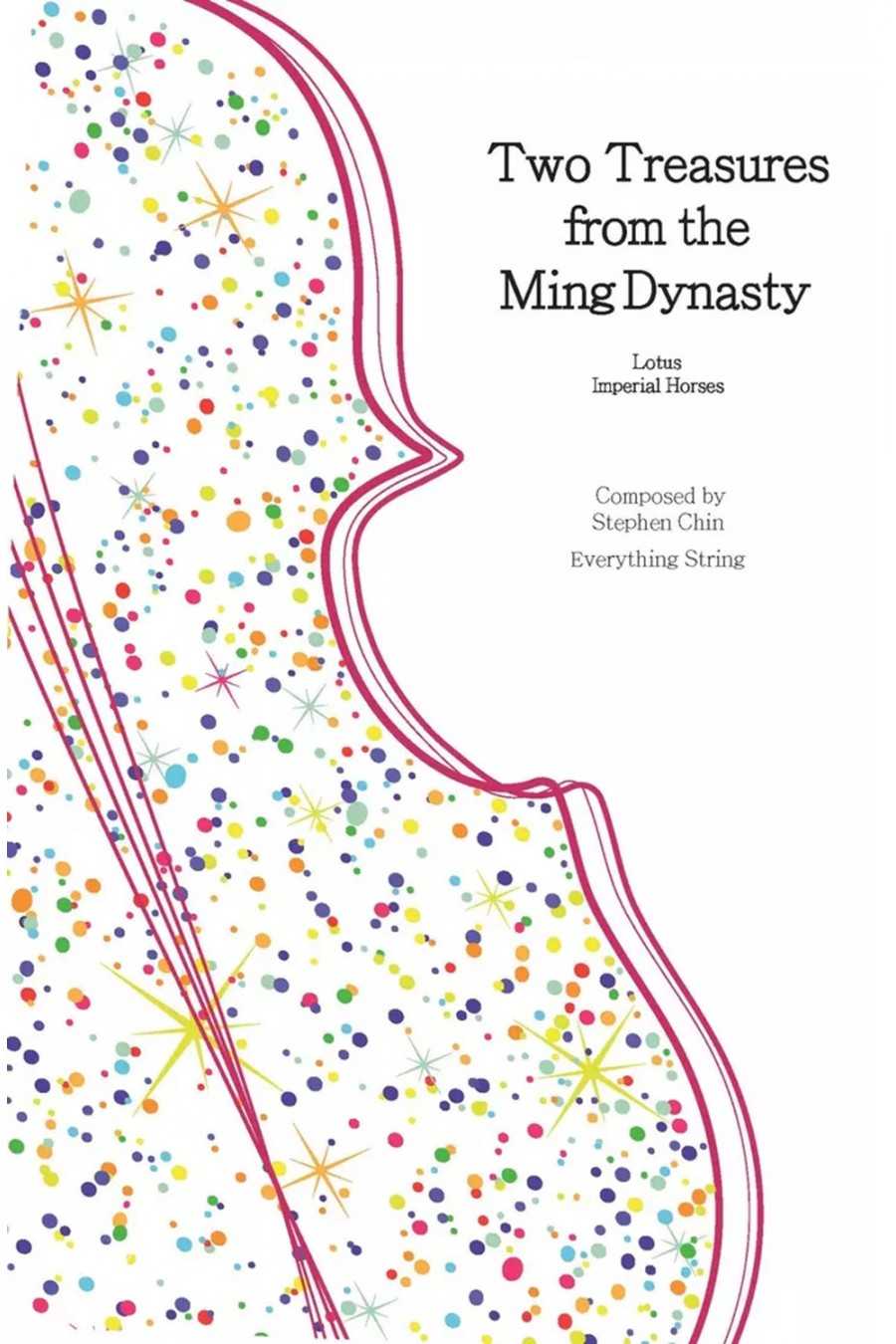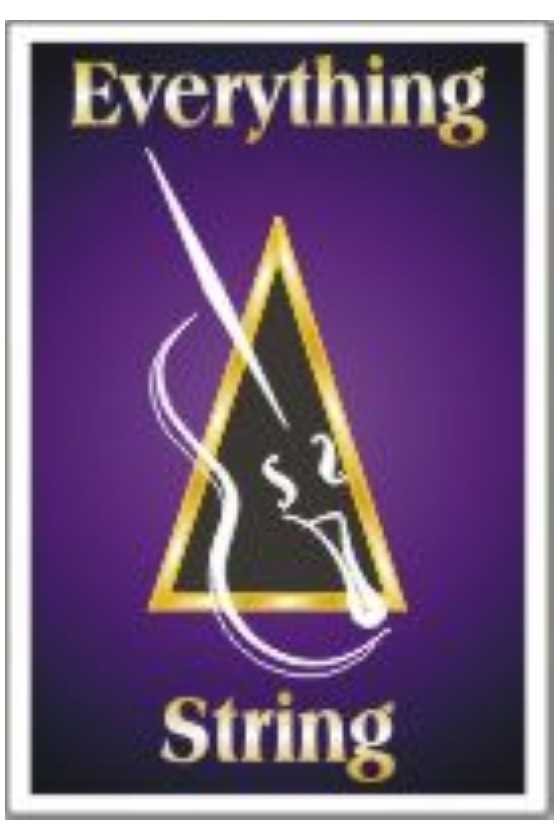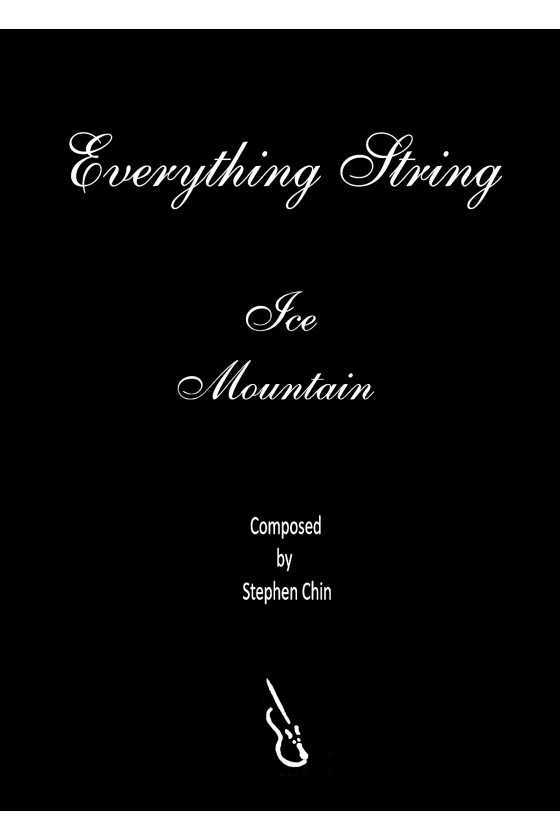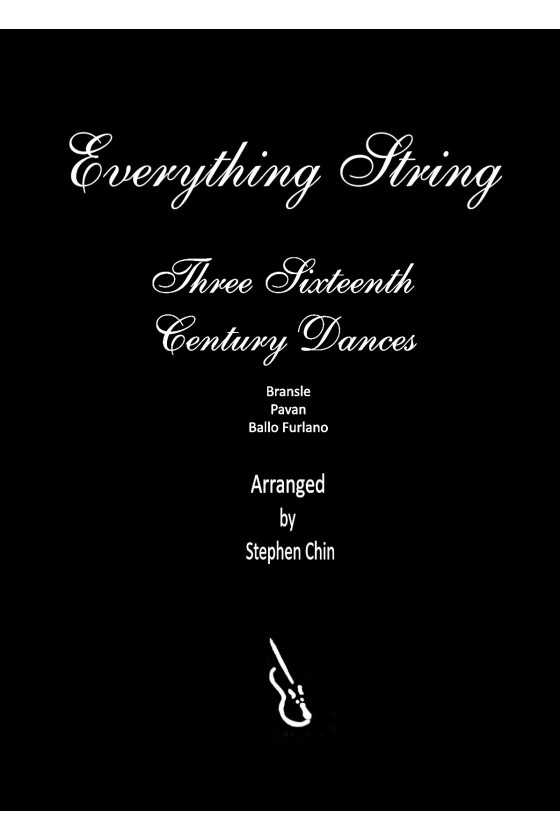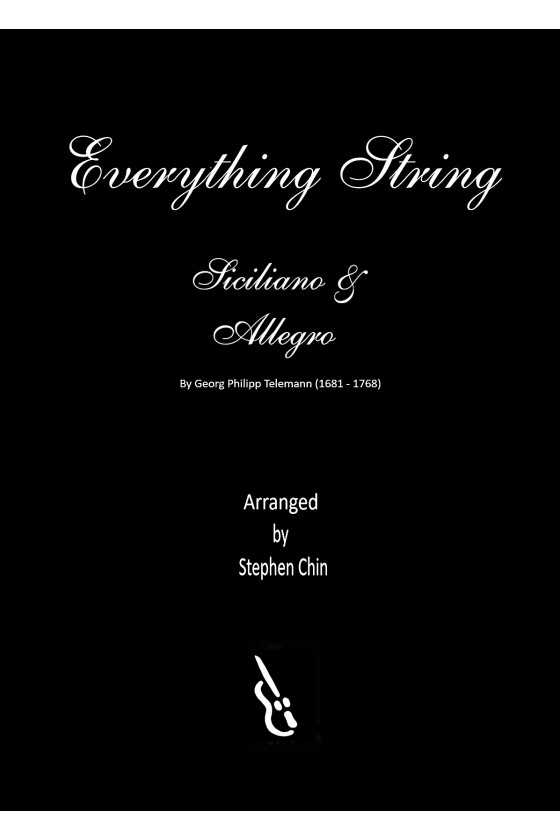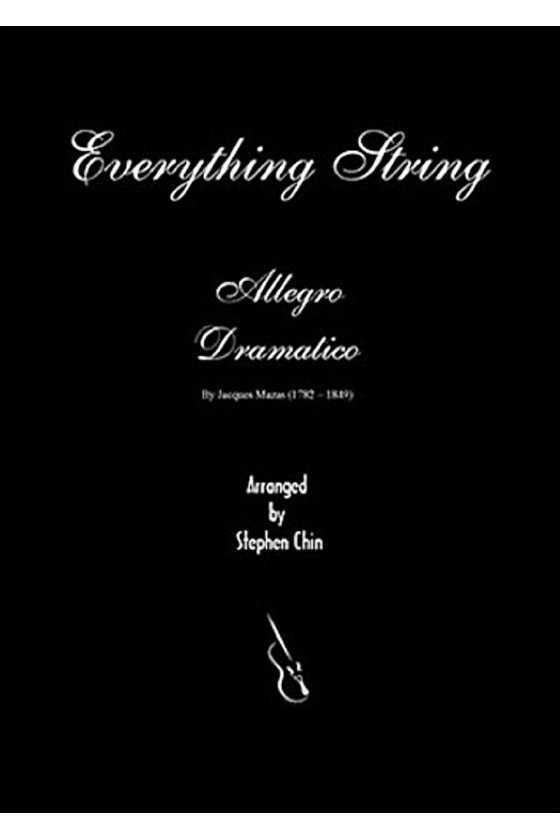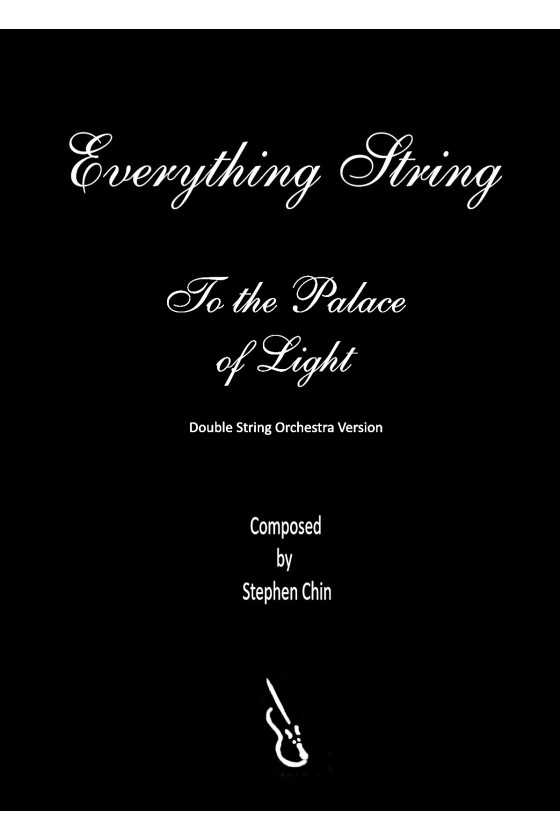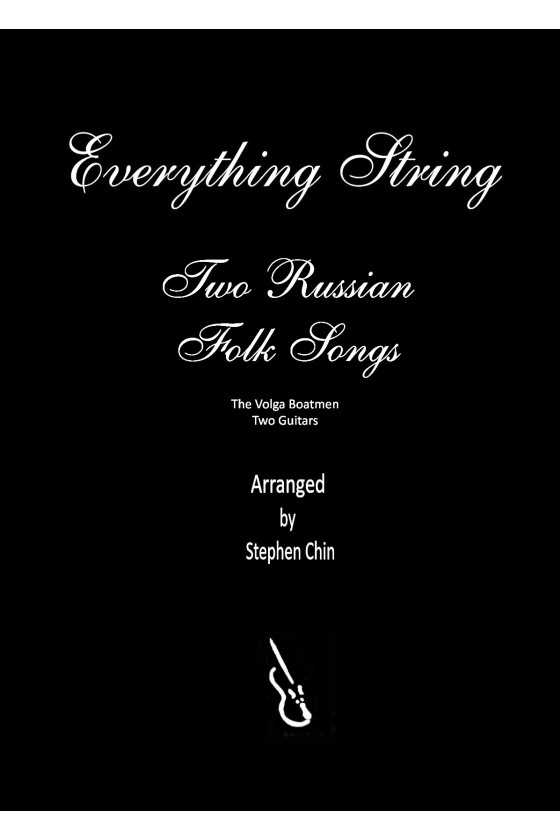Two Treasures from the Ming Dynasty (Stephen Chin) for String Orchestra
The Ming Dynasty (1368–1644) was a remarkable period in China’s history, characterised by extensive exploration and the expansion of trade routes to Europe, Africa, and the Indian Ocean, which resulted in a nearly doubled population. The Imperial Court became a hub for the arts, showcasing a diverse range of talents in literature, music, painting, sculpture, and ceramics. Artistic representations often depicted the calming lotus and dynamic horses, symbolising both serenity and strength, while music featured sustained notes and energetic rhythms that echoed these themes.
1. Lotus
2. Imperial Horses
Two Treasures from the Ming Dynasty (Stephen Chin) for String Orchestra
The Ming Dynasty (1368–1644) was a remarkable period in China’s history, characterised by extensive exploration and the opening of trade routes to Europe, Africa, and across the Indian Ocean. During this time, China's population doubled. The Imperial Court became the center of a flourishing arts scene, producing remarkable achievements in literature, music, painting, sculpture, and ceramics. It also served as a gathering place for important visitors from distant countries.
In the arts, the calming image of the lotus and the dynamic portrayal of horses were often used to express the serenity and strength of the court. The music of this era featured sustained notes, open strings, harmonics, energetic retakes, and driving quavers, all of which reflected these sentiments.
1. Lotus
2. Imperial Horses
8 other products in the same category:
Preludio And Ciaconna By Dall’Abaco Arr. Stephen Chin
Evaristo Felice Dall'Abaco and Antonio Vivaldi lived during the same era. Dall'Abaco's piece features an opening Prelude and a Ciaconna that includes variations on a fixed bass. This Baroque piece introduces players to various musical textures.
For String Orchestra Grade 3
Ice Mountain By Stephen Chin
After the snowy start, climbers get to work. The fast melody depicts their chiselling on an icy rock face. A calm middle section shows the view from the top before the chiselling continues down. Younger players will love this energetic piece with catchy tunes and strong harmonies.
For String Orchestra Grade 1.5
Three Sixteenth Century Dances By Stephen Chin
This is an excellent intro to Early Music. Arbeau's second piece was later used in "Capriol Suite" by Peter Warlock. To add authenticity, improvise and add bass drum or tambour parts.
1. Bransle
2. Pavan
3. Ballo Furlano
For String Orchestra Grade 1.5
Siciliano and Allegro by Telemann arr. Stephen Chin
Telemann was a prolific composer, creating over 3000 works, including 100 concertos, 40 operas and numerous chamber music pieces. The Siciliano and Allegro movements from his violin sonatas showcase contrasting Baroque styles and are great for developing phrasing and articulation.
For String Orchestra Grade 3
Allegro Dramatico By Mazas Arr. Stephen Chin
Mazas, a renowned composer, is known for his effective etudes and chamber ensemble works. This duet for two violins, dating back to the early 19th century, showcases the late Classical and early Romantic styles. The music is characterized by sharp rhythms and lyrical melodies, making it an excellent choice for a String Orchestra at level 3.5.
To The Palace Of Light By Stephen Chin
This music piece is based on an old English hymn that depicts a journey to hope, titled To the Palace of Light. It has a solemn beginning, turbulent middle, and faster, jig-like ending. Elements of the hymn can be heard throughout, making it a great choice to end a concert or festival.
For double string orchestra, grades 2 & 4
Two Russian Folk Songs By Stephen Chin
"Two pieces, one idea: work hard, play hard. "The Volga Boatmen" has a shared melody and well-crafted counter-melodies. "Two Guitars" is fun and infectious, exploring spiccato quavers."
1. The Volga Boatmen
2. Two Guitars
For String Orchestra Grade 2.5

